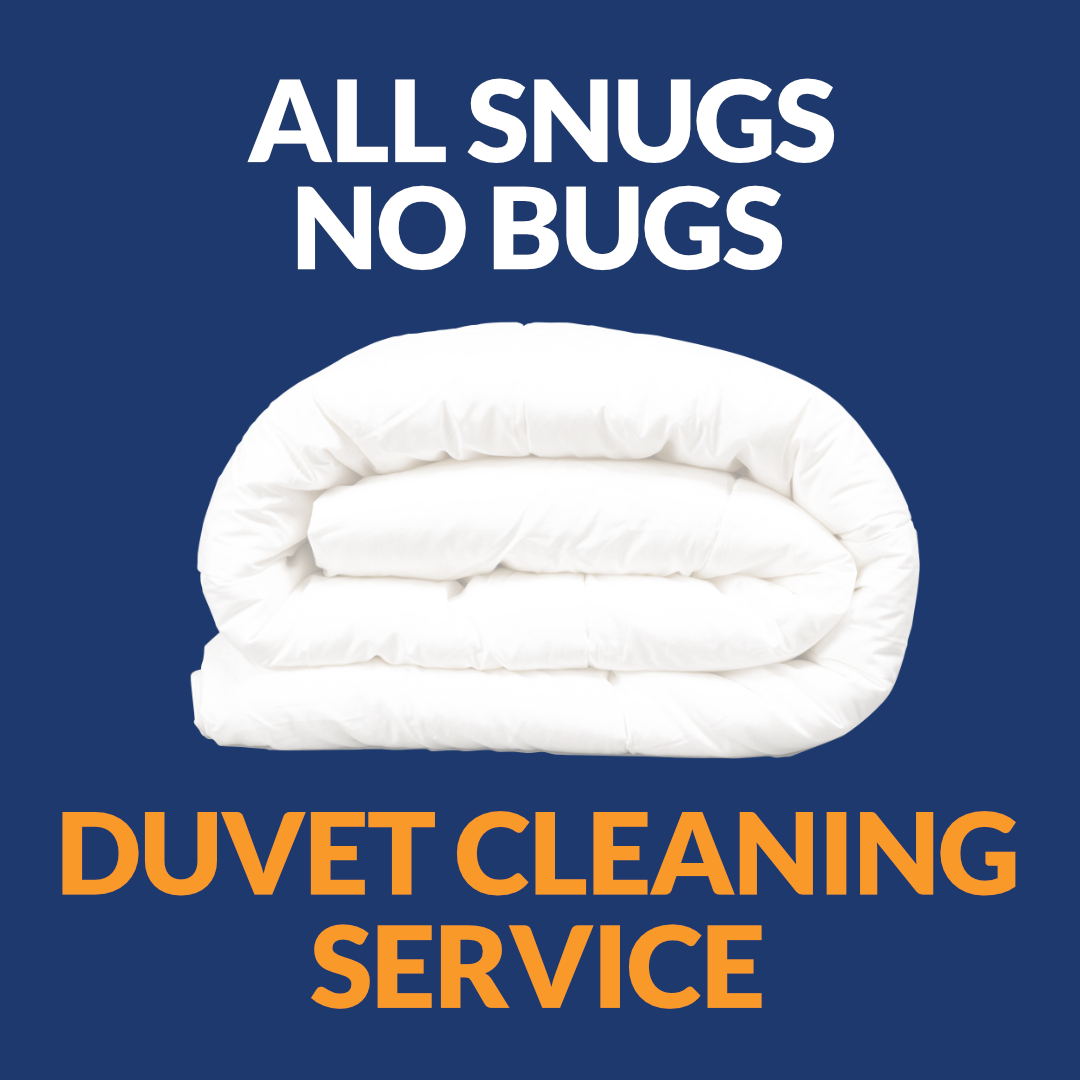At Peters’ Cleaners we recommend that you clean your pillow twice a year and your duvet annually although many people clean their duvet when they swap it for a lighter or heavier one to suit the season. You should clean them more often if the sleeper is ill or has allergies or look into using a pillow protector or two pillowcases to provide some protection for your pillow.
Most pillows and duvets are either polyester or feather and can be washed in a conventional washing machine, although they may be too big for your washing machine at home! Drying items correctly is extremely important; if moisture is retained, pillows and duvets will start to smell. If you can’t fit them into your machine at home, take them to a reputable dry cleaner or launderette.
Some wool and silk duvets and pillows recommend dry cleaning, but at Peters’ Cleaners, we do not recommend that you dry clean bedding that is close to your nose and mouth as dry cleaning uses perchloroethylene (perc) which is carcinogenic. Also, dry cleaning is the best method to remove water-based stains or smells, so if your dog or cat has piddled on your bed, dry cleaning is not the answer.
Ask your dry cleaner for advice as they may be able to wet clean the item.
Should I use a mattress protector?
A mattress protector or topper is an excellent way to protect your mattress and keeping it in good condition. A washable cover will protect your mattress from stains, and you can also buy covers made from purpose-made ‘barrier’ fabric if you have a dust allergy.
Heavily padded ones can also improve the comfort of your bed. Good dry cleaners can clean these for you when required.
One other way to freshen up your mattress is to give it a good hoover every now and again. A great way of getting rid of dust!
What are bedbugs, and how can I avoid them?
Bedbugs are small insects that live off human blood and usually bite at night. Don’t be fooled by the name, bedbugs are not confined to beds and can hide in many places, including on bed frames, mattresses, clothing, furniture, behind pictures and under loose wallpaper.
If you have:
• bites – often on areas exposed while sleeping, like the face, neck and arms,
• spots of blood on your bedding – from the bites or from squashing a bedbug,
• small brown spots on bedding or furniture (bedbug poo).
There is a possibility that you have bedbugs, so how can you get rid of them? Bedbugs can be resistant to some insecticides so:
• contact your local council or pest control service,
• wash affected bedding and clothing using a hot wash (60C) and tumble dry on a hot setting for at least 30 minutes or put affected clothing and bedding in a plastic bag and put it in the freezer (-16C) for four days as an alternative to hot washing,
• clean and vacuum regularly – bedbugs are found in both clean and dirty places, but regular cleaning will help you spot them early.
